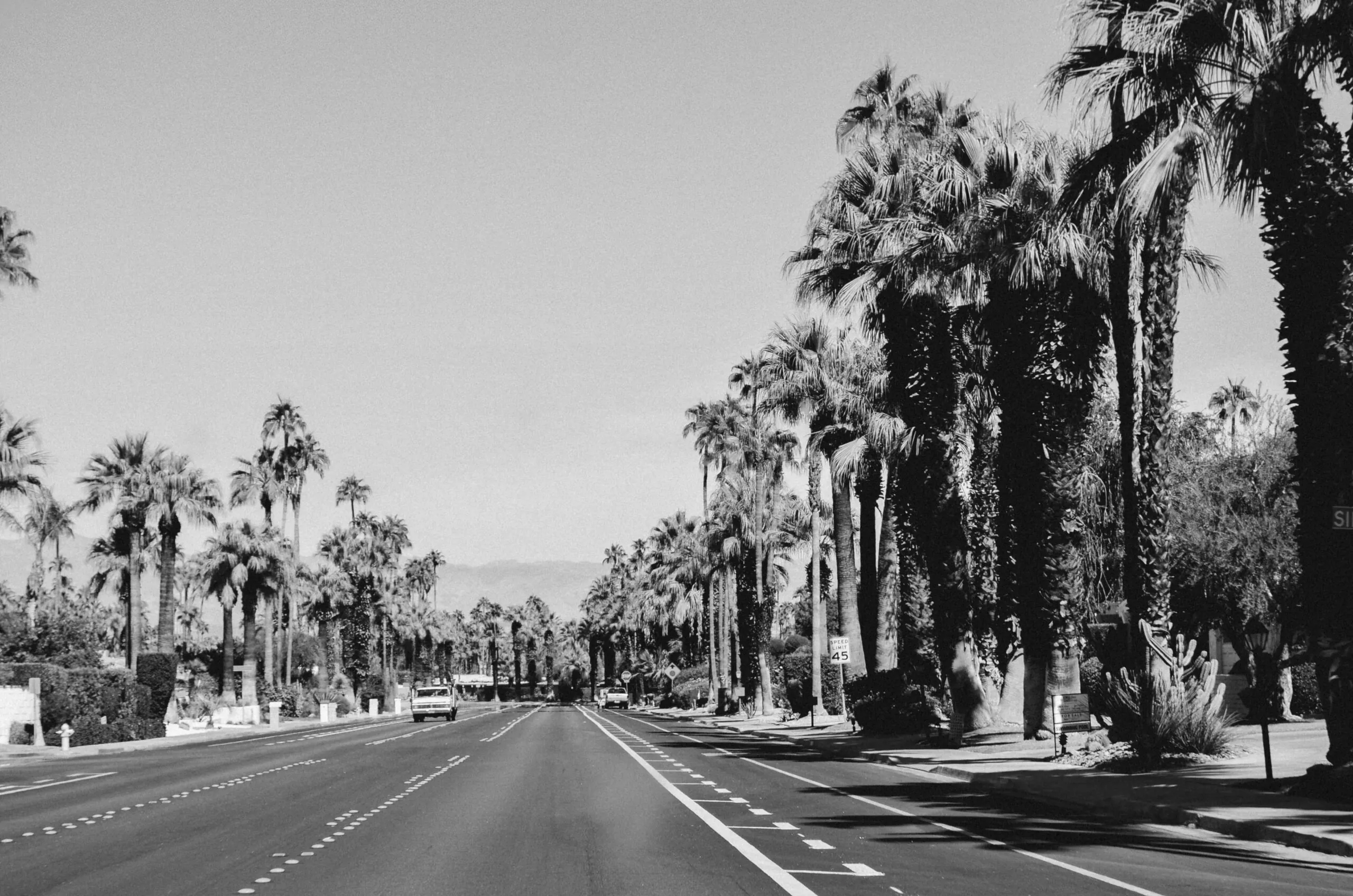Unexpected Types of Home Damage after a Hurricane
Broken windows, torn-off siding, roofs lifted from homes—it’s no secret that hurricanes can do some pretty extensive damage, especially to homes along the Florida coast. With the potential property losses associated with tropical storms, it pays to have homeowner’s insurance that covers hurricane damage.
Most lenders in Florida actually Florida homeowner’s insurance includes damage caused by windstorms and hurricanes. Ideally, this type of policy will compensate you for any home damage you might experience in the event of a storm. However, there are some unexpected types of damage that may cause an insurance company to delay or deny a claim.
In some cases, the type of damage is simply not covered in the policy, but in others, the insurance company may be acting in bad faith in an attempt to avoid paying out. If your insurance company tries to tell you that a certain type of hurricane damage isn’t covered in your policy, the best thing you can do is read through your policy carefully and contact a property and casualty claims lawyer.
Here are a few less-known types of home damage you may encounter after a hurricane:
Chipped lead paint. Because lead is associated with a wide array of health risks, it is no longer used in paint for residential homes. If you’ve moved into an older home, though, it’s possible that there is still some lead paint in your house. Your homeowner’s insurance may not cover the removal of this paint, but if a hurricane causes the paint to flake or chip, your insurance may cover the cost of removal.
Damaged carpeting. If rain leaks in during a hurricane or part of your house floods, the carpet in the affected area may be a lost cause. Your insurance company should cover the cost of removing and replacing the carpet, but one issue that some homeowners run into is the insurer claiming they’ll only cover the damaged part of the carpet. That means if just half the carpet in the room is damaged but you need to remove the entire carpet to do repairs, your insurer may try to get out of paying for it.
Mold. Mold loves damp areas, so it’s no surprise that some people discover it in their homes in the wake of a hurricane. Mold itself isn’t usually covered in homeowner’s insurance, but you might be able to prove your insurance company is acting in bad faith if their delaying or denying of your claim prevented you from making repairs and gave mold time to grow.
Destroyed appliances and spoiled food. Water can obviously wreak havoc on appliances such as air conditioning units, microwaves, and refrigerators, and if the power goes out for an extended period, you may also lose the perishable contents of your refrigerator. While your homeowner’s insurance may not cover this type of damage, you can minimize your losses by unplugging major appliances before the hurricane hits and setting your refrigerator and freezer to the maximum cold setting several days before the storm.
Downed trees and damaged landscaping. Unfortunately, homeowner’s insurance doesn’t usually cover things that occur outside of your home, such as trees or bushes on your property being uprooted. However, your insurance may cover things like a branch flying through your window or a tree crashing into part of your house.
After a hurricane, you should carefully document any type of home and property damage that has occurred before filing a claim with your insurance provider. If you believe that your insurance company is wrongfully denying your claim, contact a bad faith insurance lawyer to learn about the steps you can take.
About the Author:
Lawlor Winston White & Murphey. He has been recognized for excellence in the representation of injured clients by admission to the Million Dollar Advocates Forum, is AV Rated by the Martindale-Hubbell Law Directory, and was recently voted by his peers as a Florida “SuperLawyer”—an honor reserved for the top 5% of lawyers in the state—and to Florida Trend’s “Legal Elite.”
